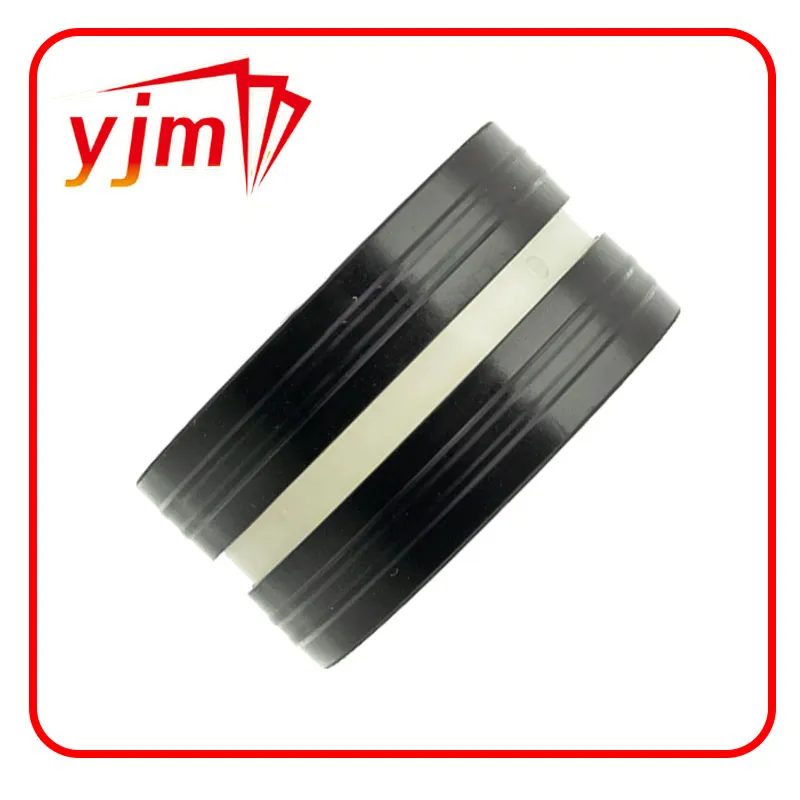flat rubber gasket material
Understanding Flat Rubber Gasket Materials
Flat rubber gasket materials play a crucial role in ensuring effective seals between various components in mechanical systems. They are designed to fill the space between two or more surfaces, preventing leaks of fluids or gases while withstanding pressure and temperature variations. In industries ranging from automotive to aerospace, the choice of gasket material can significantly influence the performance and longevity of equipment.
Composition and Types
Flat rubber gaskets are typically made from various types of rubber to suit different applications. The most common materials include
1. Nitrile Rubber (NBR) Known for its excellent resistance to oil and fuel, nitrile rubber is widely used in the automotive industry. It provides good mechanical strength and can withstand moderate temperatures, making it ideal for gaskets used in engines and fuel systems.
2. Neoprene This synthetic rubber is valued for its versatility and resistance to weathering, ozone, and various chemicals. Neoprene gaskets are commonly used in refrigeration applications and marine settings due to their durability and stability.
3. EPDM (Ethylene Propylene Diene Monomer) EPDM is highly resistant to heat, ozone, and aging, making it suitable for outdoor applications. It is often employed in gaskets for roofing and automotive weather stripping.
4. Silicone With its exceptional temperature resistance and flexibility, silicone rubber is ideal for high-temperature applications. It is commonly used for gaskets in food processing equipment and medical devices.
Applications
flat rubber gasket material

Flat rubber gaskets serve numerous purposes in various industries. In the automotive realm, they are essential for sealing components such as oil pans, water pumps, and cylinder heads. In plumbing, rubber gaskets help prevent leaks in pipes and fittings. Furthermore, in industrial settings, they provide seals for machinery and equipment, contributing to operational efficiency.
Factors to Consider
When selecting flat rubber gasket material, several factors should be considered
- Temperature Range Different rubber types exhibit varying degrees of heat resistance. It’s essential to choose a material that can handle the operational temperature of the application.
- Chemical Compatibility Assessing the chemicals that the gasket will be exposed to is critical. Choosing a gasket that can resist degradation in the presence of oils, solvents, or other substances ensures longevity and performance.
- Pressure Rating The ability of a gasket to withstand pressure is paramount. Selecting the appropriate thickness and rubber type can help mitigate risks associated with pressure loss.
Conclusion
Flat rubber gasket materials are integral to the reliability and efficiency of mechanical systems across various industries. By understanding the different types of rubber available and their specific applications, engineers and technicians can make informed decisions that enhance performance, reduce downtime, and prolong equipment life. Whether you’re in automotive, plumbing, or industrial manufacturing, leveraging the right gasket material is key to ensuring quality and longevity in your applications.
-
The Ultimate Guide to Boat Propeller Bearings and Trailer Wheel Bearings
News Jul.31,2025
-
The Essential Guide to Marine Bearings and Boat Trailer Wheel Bearings
News Jul.31,2025
-
The Complete Guide to Heavy Duty Seals: Protecting Doors and Spaces Efficiently
News Jul.31,2025
-
Essential Guide to Marine Shaft Bearings and Boat Trailer Axle Bearings
News Jul.31,2025
-
Comprehensive Guide to Marine and Trailer Bearings for Safe Boating and Transport
News Jul.31,2025
-
Comprehensive Guide to Automotive Oil Seals: Protecting Your Engine and Shafts
News Jul.31,2025
-
Understanding Automotive Oil Seals: Essential Components for Engine and Shaft Protection
News Jul.30,2025
Products categories















